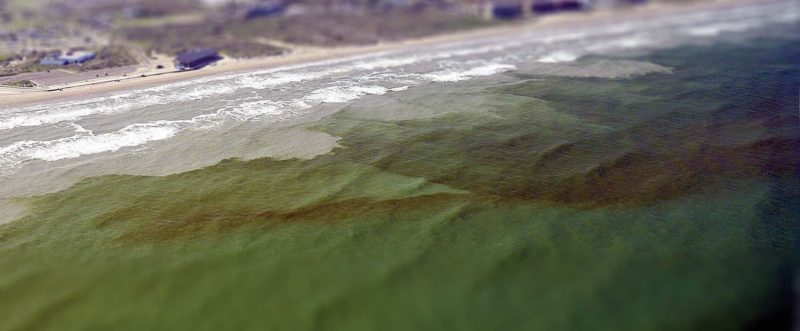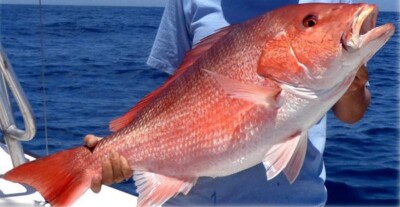Harmful algae blooms that shut down fisheries and sicken people are the target of new research funding from NOAA across the nation.
About $8.4 million of that will cover the first year of new 3- to 5-year projects, and $1.78 million will go to 3-year projects already in process. Funded under existing NOAA programs, new projects will begin in Alaska, California, Chesapeake Bay, Florida, the Great Lakes, New England and the Pacific Northwest.
Florida is in line for $2.9 million of that funding, which could help state planners now scrambling to improve how monitor and manage algae outbreaks. The state was hit with severe events from 2017 to 2019 when Karenia brevis, also known as red tide, occurred throughout southwest Florida. The bloom killed fish, turtles, marine mammals, and birds. It caused cases of neurotoxic shellfish poisoning in people, and even respiratory irritation in beachgoers and waterfront residents exposed to the algae.
One of those Florida studies will take a close look at the socioeconomic impacts of the outbreak on fishermen, beach users, and the region’s tourism and real estate industries that took a hit when news of the fouled coastal waters went national.
Other studies will look at effects on shellfish fisheries and human health, including outbreaks of diatom blooms on the West Coast that have caused domoic acid poisoning and shut down crab harvests. The projects will be funded through the National Centers for Coastal Ocean Science.
“Through NCCOS, NOAA is funding the latest scientific research to support environmental managers trying to cope with increasing and recurring toxic algae that continue to affect environmental and human health and coastal economies,” said the centers' Director Steven Thur. “Improved understanding of these coastal HAB threats will lead to better bloom observation and prediction and help to mitigate effects along the U.S. coast.”
NOAA officials say they want research “to identify conditions that increase bloom toxicity; model toxin movement from the water into shellfish, fish and marine mammals; and improve toxin monitoring and forecasts.”







